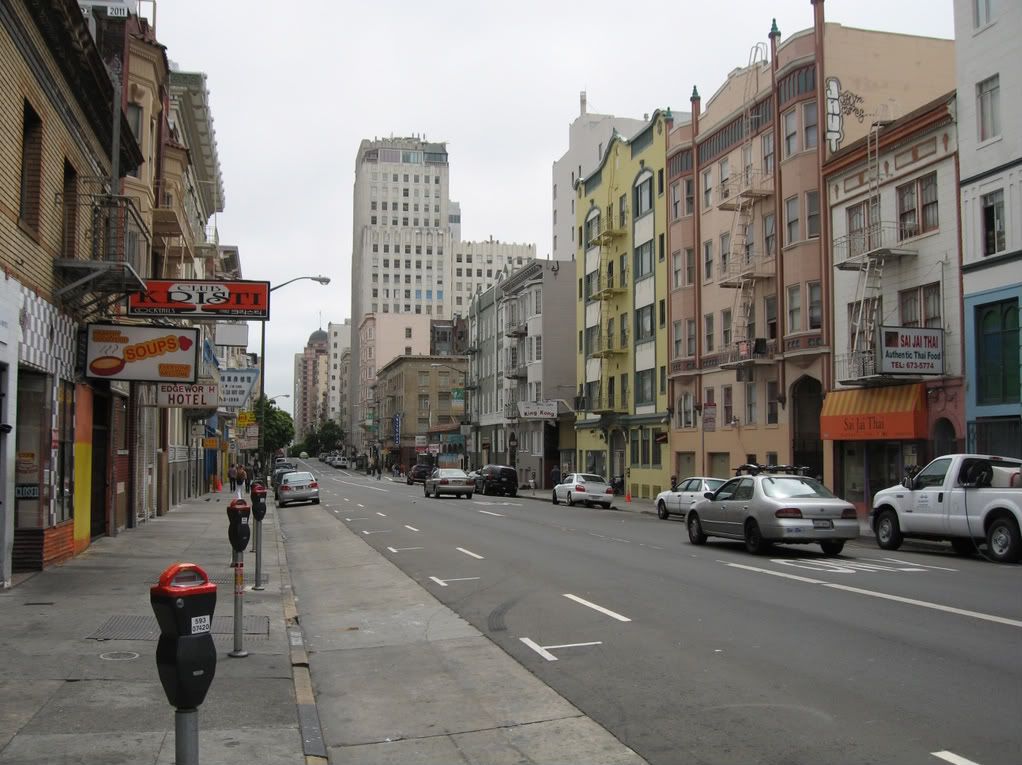^^Ground floor retail collectively, as a class of business, isn't going away entirely, but the amount of it needed and the types is going to change radically and already has. I have been saying largely what the article is saying for 2 decades now but I may have been premature (I have tended to be personally an "early adopter" when it comes to buying things online). Today I think I am being proven right.
Look at what's happening to department stores:
It's Not Just Macy's: Department Stores Are in a Death Spiral
All over San Francisco one sees these new developments with mandated ground floor retail that is empty (there's one building along the Embarcadero that has been unable to lease its ground floor retail since the 1980s). In my city this is exacerbated, however, by a simultaneous policy to disallow "chain" stores (defined as establishments with 11 or more other locations in the US) in these spaces. We are simply over-stored at this point.
As the article says, however, certain types of establishments can fill some, if not all, of the gap: those where you either can't buy online, would likely prefer not to or those that are mainly service-oriented. This is everything from restaurants and bars to pharmacies to dry cleaners and laundromats to bank branches (yes, you can bank online but occasionally you want a branch) to grocers (and subsets like produce, meat and seafood markets).
Still, in many neighborhoods in many cities we just may not need more storefronts and that's a real problem because I dislike blank sidewalk-facing walls and uninteresting streetscapes as much as anyone.
Quote:
Originally Posted by Crawford

the author represents the Tenderloin, which is an unusual neighborhood. It's probably true that the Tenderloin has a hard time attracting legitimate retail, because it's basically all subsidized housing and full of homeless and undesirable street activity. I doubt normal SF neighborhoods have difficulty filling retail corridors.
|
This is a common misconception about the Tenderloin. The Tenderloin has a lot of subsidized housing but "subsidized" isn't public housing. It is "affordable" meaning rents can and do often exceed what is considered market rate in most of the country. And there is still a lot of privately owned and even upscale housing in the Tenderloin:
 https://www.sanfranciscocondomania.c...E-HAMILTON.php
https://www.sanfranciscocondomania.c...E-HAMILTON.php
$4 million in the Tenderloin? Yes--in the heart of it.
But mostly the Tenderloin these days is a bustling immigrant neighborhood full of south and southeast Asian families and lots of Thai, Vietnamese, Indian, Pakistani and other businesses serving them. Here are some streetscapes showing the tupes of businesses that exist:





And because of the relatively lower rent, a number of restaurants serving other cuisines, especially middle eastern, have recently opened in the neighborhood:
Halal Guys open first outpost in S.F.



